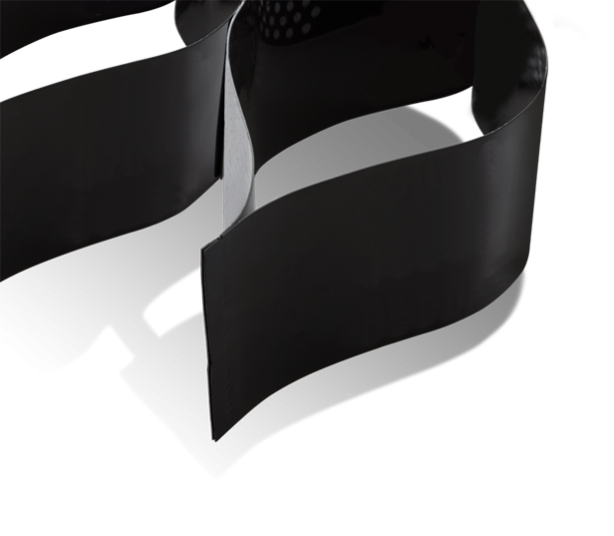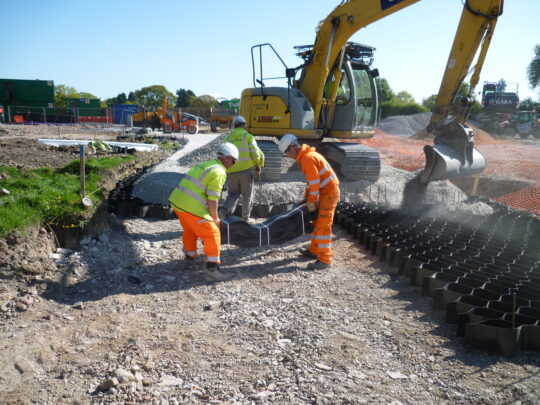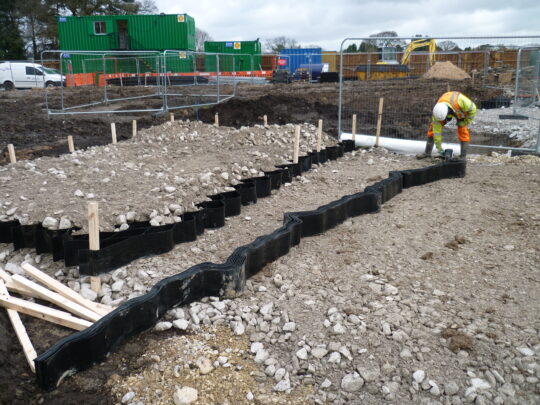Project Description
In 1784 Samuel Greg was the original owner of the cotton mill at Quarry Bank, Styal. The mill is now run by the National Trust and features a number of attractions, including the most powerful working water wheel in Europe. Large numbers of visitors arrive every day and overflow car parks were being used extensively, so an extension to the car park was added in 2017.
The Challenge
The overflow car parking was built on greenfield areas, and required a permeable surface to control run off. As the first lift of granular capping soils and geosynthetics were placed, the vibrations from construction vehicles operating at the surface caused excess pore water pressures in the saturated subgrade soils, and resulted in spongy surface deflections when trafficked. Investigation concluded that the small pond on site had previously been much larger and had been partially backfilled with weak clayey mixed debris soils, extending more than 1m below foundation level.
A solution was required that would remedy the problem without having to excavate and replace the first lift of granular capping soils and geosynthetics. One of the affected areas was under the main spine road for the car park and would be the most heavily used area, both during construction and once the car park was opened. Importing permeable granular material to improve the CBR of these areas was prohibitively expensive and environmentally damaging, and such an operation would have generated a large amount of unusable spoil to dispose of, resulting in further costs.
The Solution
To stabilise the various soft spots ABG designed an additional layer of Abweb geocell, backfilled with a granular capping material on top of the first lift which had already been placed. This meant that no further excavation was required, no additional fill was required and there would be minimal disruption to the construction programme.
ABG’s redesign of each specific area saved the Contractor and Client significant amounts of stone import and removed the need for a site wide solution designed for a “worst case scenario”. It also meant areas could be dealt with on an individual basis which minimised disruption to the construction programme. Abgrid geogrid and Trigrid geogrid enabled the achievement of the target CBR with 30% less subbase, with Abweb geocell allowing a 50% reduction. This is particularly cost effective where an expensive permeable subbase is needed to meet a site SuDS plan.

The ABG Service
ABG provided a design and supply. When the low CBR was discovered we attended the site and developed a detailed design complete with PI cover to ensure the success of the scheme.
Contact ABG today to discuss your ground stabilisation project specific requirements and discover how ABG past experience and innovative products can help.



